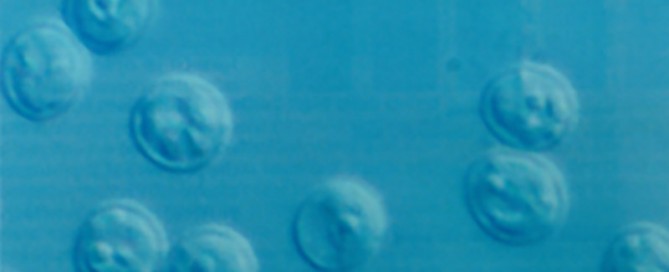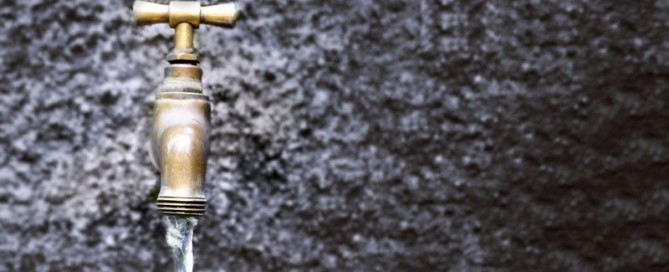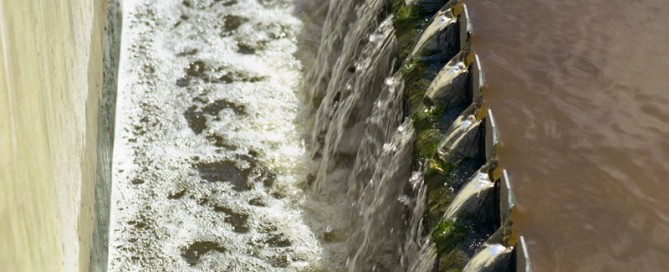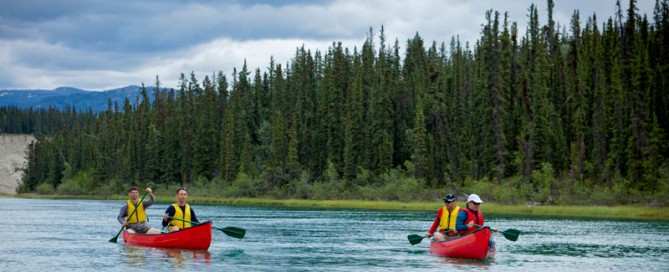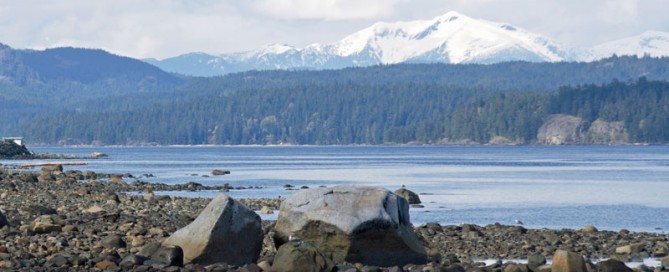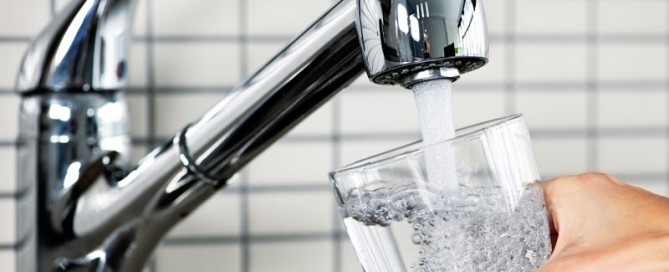Assessing Waterborne Health Risks Through Quantitative Risk Assessment Models
This project tested the applicability of the various Quantitative Microbial Risk Assessment (QMRA) models, and reviewed the ways in which QMRA risk estimates can be improved or validated and ways in which user-friendly QMRA models can be deployed in Canada.


